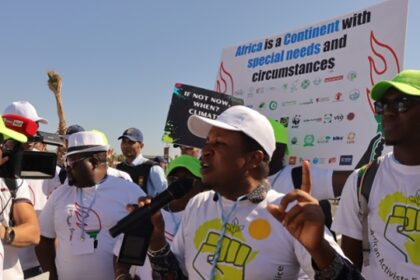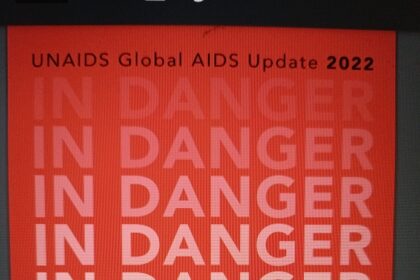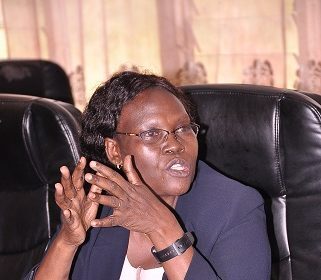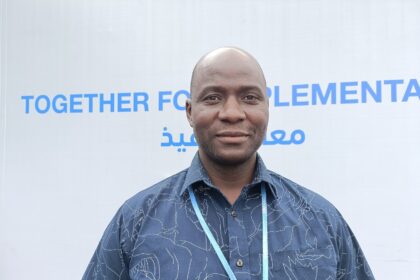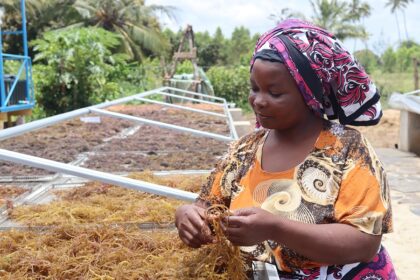MESHA at UN Summit on Climate Change (COP27)
Front row (from left to right) Aimable Twahirwa (Rwanda); Jennifa Gilla (Tanzania);…
Ethiopia needs $157b to implement climate adaptation programme
By Mekonnen Teshome | mokish03@gmail.comWith the adoption of a Climate Resilient Green…
Why African CSOs are disappointed by COP27 outcomes for the continent
Dr Mithika Mwenda addresses climate activists during one of the COP27 sessions…
Striga Smart Sorghum Project Launched
Dr. Gatama Gichini, from the Ministry of Education, Kenya presides over the…
Farmers forced to act smart to tackle effects of climate crisis on agriculture.
By Rosemary Onchari | oncharir37@gmail.com Margaret Nyaboke was an optimistic farmer as…
Inequalities in service provision hinder fight against HIV
By Christine Ochogo I christawine@gmail.com New data contained in the report are…
WHO ISSUES ALERT ON POSSIBLE SURGE OF COVID CASES
BY ANYANGO OCHIENGsciencewriter2021@gmail.com The World Health Organization (WHO) has issued an alert…
Why we need PELIS programme in forest conservation and protection
Mercelyne Khalumba, forest plantation and management officer, during a biodiversity science cafe…
Kenyan outfit wins adaptation awards at COP27
By Ruth Keah I rkeahkadide@gmail.com Victor Orindi, head of Adaptation Consortium As…
Technology assists fisher folks avoid post-harvest fish spoilage
By Tebby Otieno tebbyotieno62@gmail.com and Ruth Keah rkeahkadide@gmail.com Mwajumbe Mwabedarusi, a seaweed…




